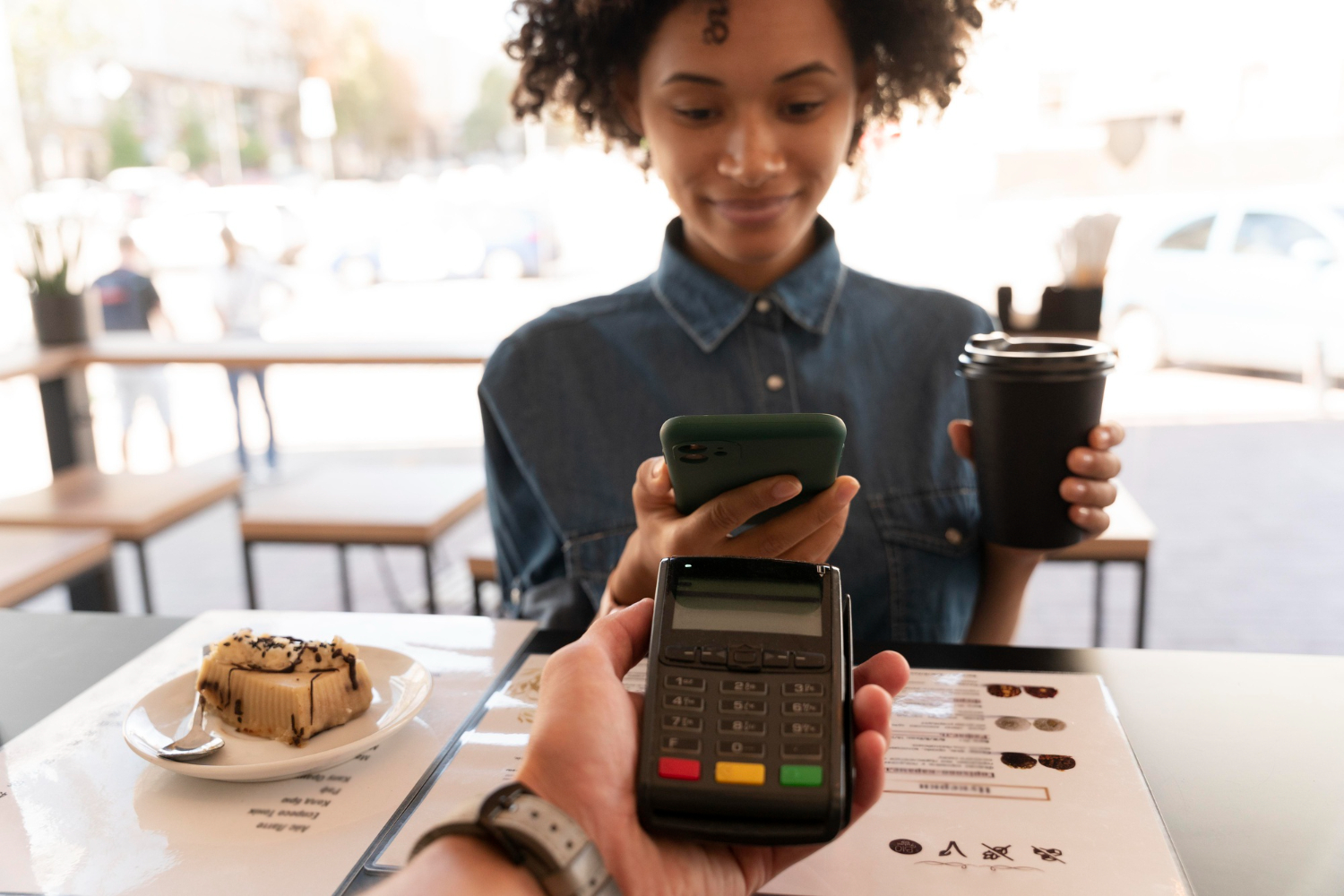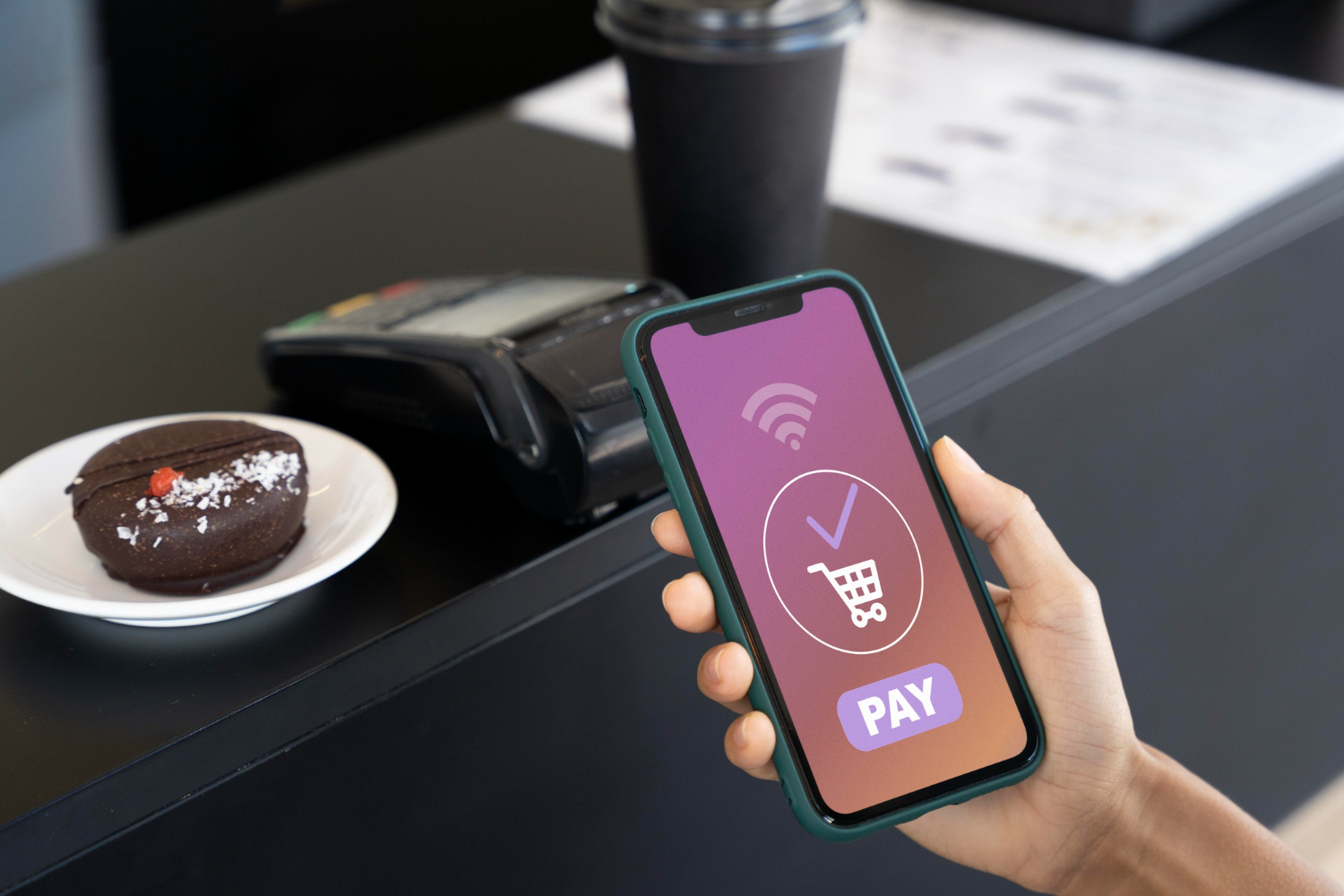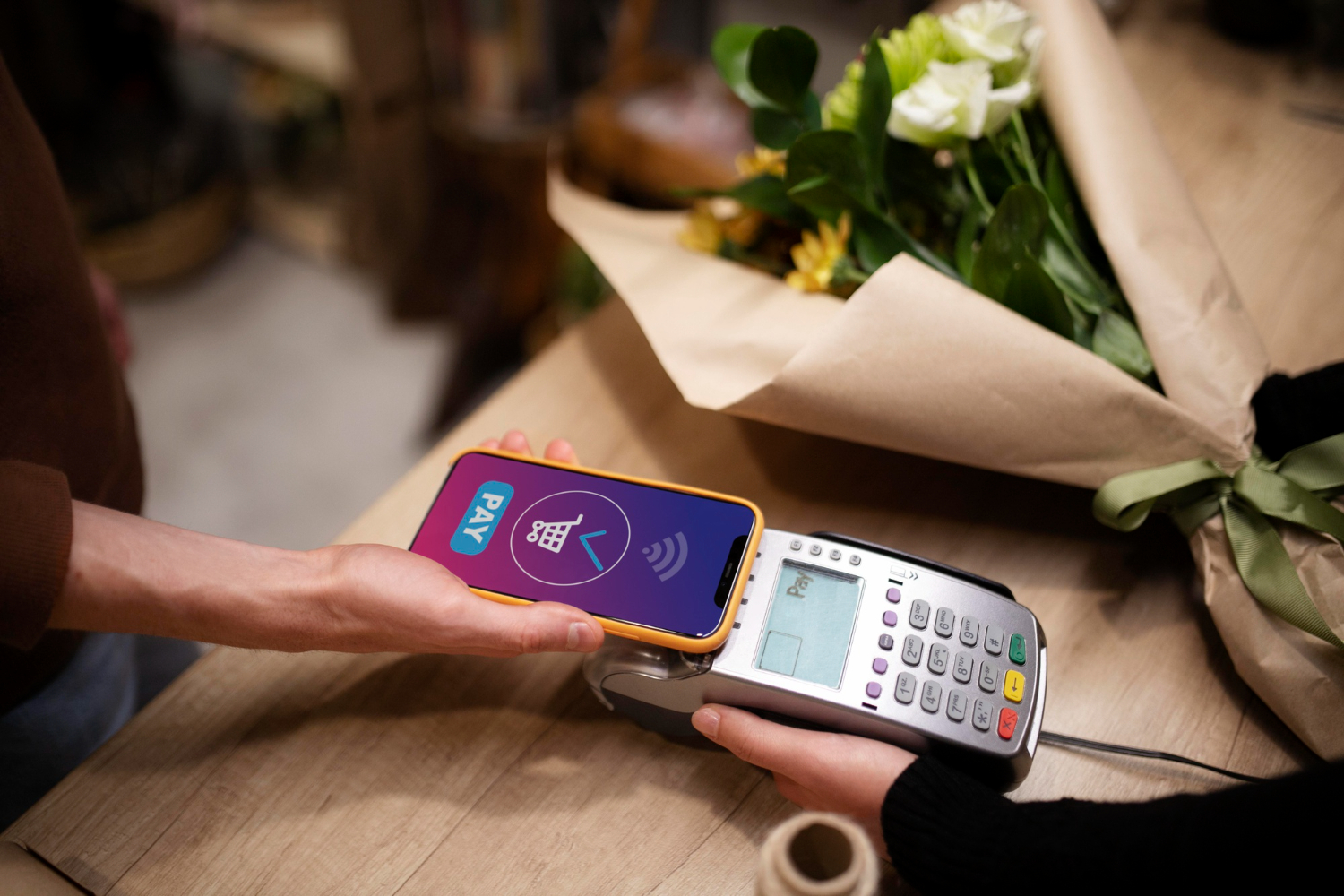Peer-to-Peer payment apps: Best options to start using

Anúncios
Peer-to-peer (P2P) payment apps have become an indispensable tool in modern financial life.
They allow friends, family, and coworkers to transfer money quickly, easily, and securely, eliminating the need to carry physical cash or checks.
This article explores what these payments are, how they work, and which are the main apps available on the market, detailing the benefits and drawbacks of each.
Anúncios
If you want to start using one of these services but are unsure which to choose, keep reading to make the best decision.
What are Peer-to-Peer payment apps?
Peer-to-peer payments, or P2P, are financial transactions made directly between two parties via a digital app or platform.
These transactions do not need to be mediated by a bank or any other traditional financial institution.
Anúncios
Instead, the money is transferred from one account to another in real-time or almost instantly, making money transfers much more convenient.
With the growing popularity of smartphones, P2P payment apps have become a practical and accessible solution for people of all ages and levels of technological skill.
Understand how it works in practice
In practice, P2P payment apps work by linking the user’s bank account or credit card to the platform in question.
Once set up, the user can send or request money from other users of that same platform using an email address, phone number, or username.
Most of these apps have intuitive interfaces, designed to be easy to use, even for those not very familiar with technology.
Many apps offer additional options, such as the ability to split bills, pay for products or services, or even invest in cryptocurrencies, expanding the scope of their usefulness.

Is it worth using Peer-to-Peer payment apps?
Below are the advantages and disadvantages of using peer-to-peer payment apps:
Pros
One of the main advantages of P2P payment apps is convenience. They allow fast and easy transfers, usually without additional fees, especially for personal transactions.
Additionally, these apps offer a high level of security, using encryption and other protection mechanisms to ensure that users’ financial information is safe.
Another positive point is versatility: many of these apps can be used not only for personal transfers but also for commercial payments, making them a multifunctional tool.
Cons
Despite the advantages, there are some disadvantages to consider. First, there’s the issue of security.
Although these apps are generally secure, there is still a risk of fraud or errors, especially if the user does not take proper precautions.
Another issue is the lack of interoperability between different systems; for example, a Venmo user may not be able to send money directly to someone who uses Zelle.
Some platforms may charge fees for specific transactions, such as credit card payments or international transfers, which can surprise users.
Peer-to-Peer payment app options
Now, check out the best peer-to-peer payment app options with the advantages and disadvantages of each.
Venmo
Venmo is one of the most popular P2P payment apps in the United States, especially among younger people.
It allows users to easily send and receive money using a smartphone.
The app is known for its social interface, which allows users to share their transactions with friends.
- Positive points: Venmo offers fast and easy transfers, and it allows linking bank accounts and credit cards. The social feature is a big draw since many users enjoy sharing payments and interacting with their friends. Another positive point is that Venmo is accepted at many commercial establishments, allowing users to make payments directly from their Venmo accounts.
- Negative points: One of the main drawbacks of Venmo is the fee charged for credit card payments. The social interface can be seen as an invasion of privacy by some users unless transactions are set to private. The lack of support for the service in international markets also limits its use outside the US.
PayPal
PayPal is one of the pioneers in online payments and remains one of the most reliable and widely used options on the market.
The app allows users to send and receive money in multiple currencies and almost anywhere in the world.
It also offers integration with various online services, making it a popular choice for online shopping and sales.
- Positive Points: The main advantage of PayPal is its reliability and security. It is globally accepted and offers robust protections against fraud. PayPal allows payments in multiple currencies and is widely accepted on e-commerce sites, making it extremely versatile.
- Negative Points: PayPal charges fees for international transfers and commercial payments, which can be inconvenient for some users. Although robust, the buyer protection policies sometimes cause problems for sellers, who may face account freezes or fund holds.
Zelle
Zelle is a P2P payment platform developed by a consortium of major US banks.
It is directly integrated with users’ bank accounts, allowing for fast and secure transfers.
Zelle is known for its simplicity, not requiring users to create a new account or download a separate app, as it is accessible directly through the banking app.
- Positive Points: The main advantage of Zelle is the speed of transactions. Since it’s integrated with banks, money is transferred almost instantly between Zelle accounts. There are no fees for personal transactions, making it an economical option.
- Negative Points: A limitation of Zelle is that it is only available in the US, restricting its use for international transfers. Since the service is linked to bank accounts, there’s less flexibility compared to other options that allow the use of credit or debit cards.
Cash App
Cash App, developed by Block Inc., is a P2P payment platform that offers several features, including the purchase of stocks and cryptocurrencies.
In addition to allowing money transfers, Cash App also offers a debit card linked to the user’s account, allowing them to use the Cash App balance for purchases in physical and online stores.
- Positive Points: One of the main advantages of Cash App is its versatility. Besides allowing money transfers, it offers the option to invest in stocks and Bitcoin directly through the app. Cash App also allows the issuance of a free debit card, which can be used to access the account balance anywhere.
- Negative Points: Cash App charges fees for instant withdrawals and Bitcoin purchases, which can be a drawback for some users. As Cash App offers many features beyond P2P payments, some users may find its interface a bit more complex compared to simpler apps like Zelle.
Apple Pay
Apple Pay is Apple’s digital payment solution, integrated with all of the brand’s devices, such as iPhones, iPads, and Apple Watches.
In addition to enabling payments in physical stores using NFC technology, Apple Pay also supports money transfers between users through the Apple Cash service.
- Positive Points: The main advantage of Apple Pay is the convenience for Apple device users, offering complete integration with the brand’s ecosystem. Apple Pay also offers a high level of security, using biometric authentication to authorize transactions. The ease of use in millions of establishments around the world is also a big draw.
- Negative Points: Apple Pay is restricted to Apple devices, limiting its use for those who own Android devices. Additionally, P2P transfers with Apple Cash may have limitations in terms of maximum amounts, and the service may not be available in all countries.
Samsung Pay
Samsung Pay is Samsung’s digital payment solution, available on Galaxy devices.
Like Apple Pay, it allows payments in physical stores using NFC, but it also supports MST (Magnetic Secure Transmission) technology, allowing the use of Samsung Pay in older payment terminals.
- Positive Points: The MST technology of Samsung Pay is a significant differentiator, allowing users to make payments at almost any card terminal, even if it doesn’t support NFC. Samsung Pay offers exclusive rewards and promotions for users, which is an additional attraction.
- Negative Points: Samsung Pay, like Apple Pay, is restricted to the brand’s devices, limiting its use for those with devices from other manufacturers. Furthermore, support for Samsung Pay varies depending on the bank or financial institution, which may be an issue for some users.

Peer-to-peer payment apps are essential tools in the digital age, providing an effective, convenient, and secure way to transfer money.
Each of the presented options — Venmo, PayPal, Zelle, Cash App, Apple Pay, and Samsung Pay — has its benefits and drawbacks, meaning that choosing the best app depends on the individual needs of each user.
Whether you value speed, versatility, or security, there’s a P2P payment option that fits your profile. It’s up to you to decide which one is best for you!
Explore the options and choose the one that best meets your daily financial needs. For more information on how to maximize the use of these platforms, follow our website.
Also, read the content on reasons to use credit cards and whether it’s worth it.






